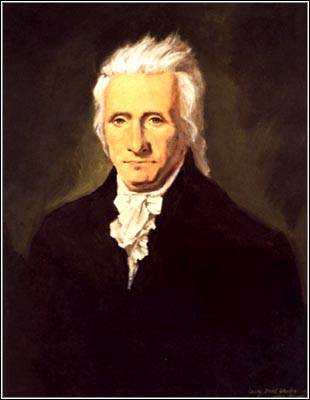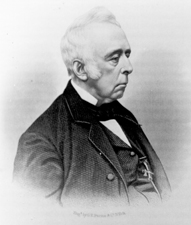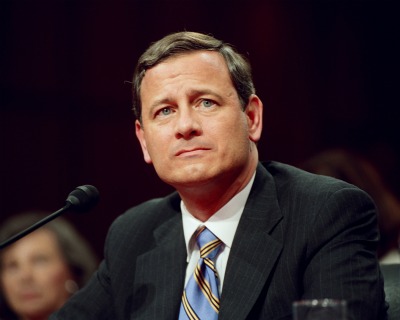

1789
_federal_hall_side_l.jpg)
March 4
The Senate convened for the first time at Federal Hall in New York City. Because only eight senators were present, there were not enough to constitute a quorum. The body was forced to adjourn each day until April 6, when it achieved its first quorum of 12 members, out of the eligible 22.
1789
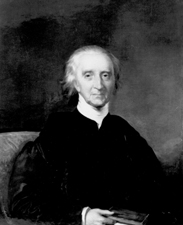
April 13
Maryland's first United States senator, Charles Carroll of the Western Shore, presented his credentials and took his Senate seat.
1789
April 20
Maryland's second United States senator, John Henry of Dorchester County, presented his credentials and took his Senate seat.
1789
May 15
The Senate drew lots to determine the three classes of senators. Charles Carroll was assigned to Class 1 (with a two-year term to expire in 1791) and John Henry was assigned to Class 3 (with a six-year term to expire in 1795).
1792
November 30
Senator Charles Carroll chose to resign his seat when the Maryland legislature passed a law that disqualified the members of the Maryland state senate who held seats in Congress. Carroll had served on the Maryland state senate since 1777 and he preferred to keep that position.
1797
December 17
Senator John Henry resigned his Senate seat to begin his service as governor of Maryland. He served as governor until his death on December 16, 1798.
1800

November 21
The Senate elected John E. Howard, resident of a small town near Baltimore, as president pro tempore.
1805
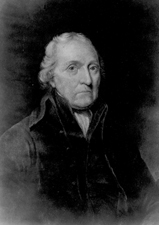
December 2
The Senate elected Samuel Smith of Baltimore as president pro tempore. He was elected president pro tempore again on May 15, 1828.
1806

November 12
Senator Robert Wright of Queen Anne's County resigned from the Senate to begin his service as governor of Maryland. He served as governor until June 9, 1809.
1809
June 6
The Senate agreed to accept Samuel Smith's credentials until he was properly elected or replaced, because the state legislature had failed to reelect him before adjourning their session.
1811
November 6
Maryland resident Mountjoy Bayly began service as the U.S. Senate sergeant at arms. He held the post until December 9, 1833.
1816
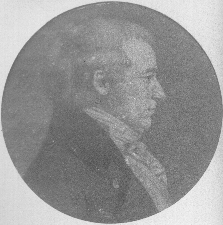
January 29
Robert Goodloe Harper began his tenure in the Senate and resigned in December 1816. A former resident of South Carolina, Harper had represented South Carolina in the House of Representatives from 1793 to 1800 before moving to Baltimore. After resigning his Senate seat, Harper ran unsuccessfully as the Federalist candidate for vice president of the United States.
1816
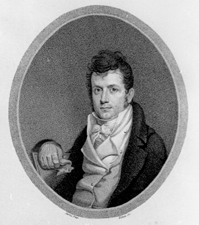
December 20
Rockville resident Alexander Contee Hanson was appointed to fill Robert Harper's Senate seat. He was 30 years, 10 months and 6 days old on the day that he was seated. Because the minimum age for a Senator is 30, Hanson is one of the youngest senators in American history.
1823
December 9
Samuel Smith became chairman of the Senate Committee on Finance, a position he held until 1833.
1829
December 7
Nine-year-old Grafton Hanson, grandson of Sergeant at Arms Mountjoy Bayly, was appointed to be the first Senate page.
1841
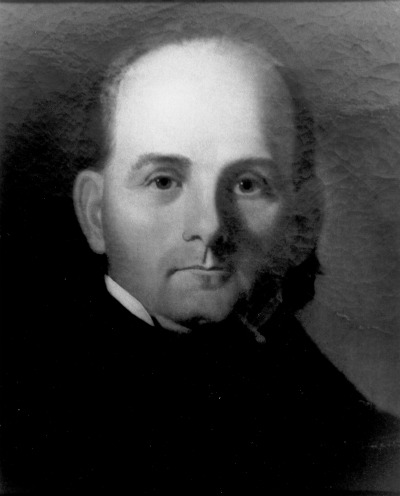
June 7
The Senate elected Edward Dyer as sergeant at arms and doorkeeper. Dyer served until his death on September 16, 1845.
1868

February 19
The Senate voted to deny Eastern Shore resident Phillip F. Thomas a seat in the United States Senate. Thomas was secretary of the treasury under President James Buchanan and resigned in January 1861 at the outset of the Civil War. Many senators suspected him of partiality to the Confederate cause and believed him to be capable of disloyalty to the Union.
1874
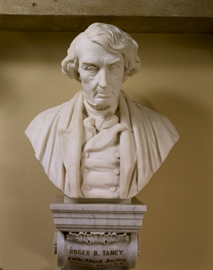
January 29
A congressional resolution authorized the Joint Committee on the Library to procure a bust of Chief Justice Roger B. Taney of Calvert County. The bust was completed in 1877.
1890
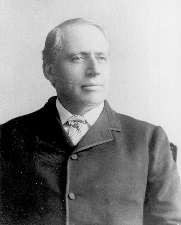
May
Senator Arthur P. Gorman began service as Democratic Conference chairman, serving until 1898. He served again from 1903 to 1906.
1893
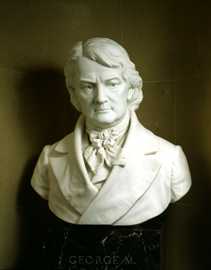
Henry Jackson Ellicott, born in Anne Arundel County, completed the Senate's commission for a bust of George Mifflin Dallas for the Vice Presidential Bust Collection. The artist was a descendant of Maryland resident Andrew Ellicott, who surveyed the national capital city for George Washington in 1791.
1901

March 2
The Joint Committee on the Library accepted Francois Regis Gignoux's painting, Niagara, The Table Rock-Winter. Colonel Charles Carroll of Carrolton obtained it shortly after its execution. Caroline Carroll, his widow, left instructions upon her death that the painting should be donated to the U.S. government. Alice Louisa Thompson, Caroline Carroll's sister, presented the painting to Congress on Carroll's behalf.
1901
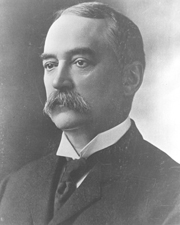
December 18
Senator Louis E. McComas of Hagerstown became chairman of the Senate Committee on Education and Labor (today's Committee on Health, Education, Labor, and Pensions), a position he held until 1905.
1903

January 31
Congress accepted bronze statues of John Hanson and Charles Carroll of Carrollton by sculptor Richard E. Brooks as Maryland's two contributions to the National Statuary Hall Collection.
1908
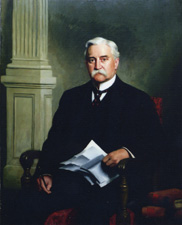
March 25
John Smith of Snow Hill presented his credentials to the Senate and declared that the Maryland legislature had appointed him to fill a vacancy left by the death of Senator William Whyte on March 17, 1908. Senator Julius C. Burrows (R-MI) objected, citing a statute that prevented a state legislature from filling a vacancy until the second Tuesday after notice that the vacancy existed. Nevertheless, the Senate voted to seat Smith because his election was uncontested and because Maryland's constitution required her legislature to adjourn before the next Tuesday.
1911
June 13
In recognition of his service as secretary to Senate Sergeant at Arms Daniel M. Ransdell, the Republican Conference changed Baltimore resident E. Livingston Cornelius's title from clerk of the sergeant at arms to assistant sergeant at arms.
1912

December 10
The Senate elected E. Livingston Cornelius to become the Senate sergeant at arms after the death of Daniel M. Ransdell on November 28, 1912. During his tenure, which ended on March 4, 1913, Cornelius supervised the inauguration of President Woodrow Wilson.
1913

April 8
The Seventeenth Amendment to the U.S. Constitution went into effect, allowing senators to be elected by popular vote. Blair Lee, a lawyer and state senator from Montgomery County, became Maryland's first directly elected senator on November 4, 1913.
1943
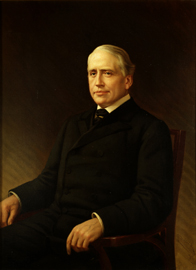
July 6
Congress dedicated an oil painting of Woodstock resident Arthur Pue Gorman by Louis Dieterich.
1944

December 4
Congress authorized the Joint Committee on the Library to accept the Cumberland (Maryland) Evening and Sunday Times' gift of a bronze bust of Cordell Hull, a senator from Tennessee, executed by sculptor George Conlon of Lonaconing, Maryland.
1947
January 4
Maryland resident J. Mark Trice began service as the Republican party secretary, a position he held until 1953, and again from 1955 until 1974.
1949
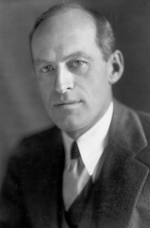
January 10
Millard E. Tydings of Havre de Grace became chairman of the Senate Committee on Armed Services, a position he held until 1951.
1950
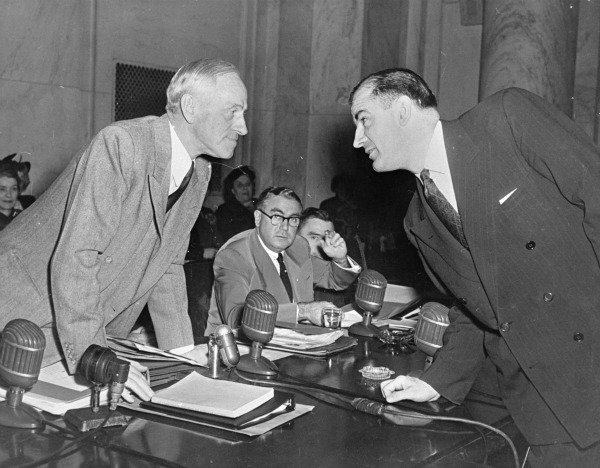
March 8
The Foreign Relations Committee Subcommittee Investigation of Charges by Senator Joseph McCarthy, chaired by Senator Millard E. Tydings, began hearings to investigate allegations of disloyalty by State Department employees. These hearings ran until June 28, 1950. On July 7, Senator Tydings reported his committee's findings to the Senate. In a two-hour speech on the Senate floor, Tydings repudiated Senator McCarthy's charges of communists in government.
1950
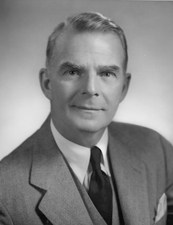
November 7
John Marshall Butler of Baltimore defeated Millard E. Tydings after Senator Joseph McCarthy entered the campaign on Butler's behalf. Tydings complained to the Rules Committee's Subcommittee on Privileges and Elections that he suspected unfair campaign practices. Upon investigation, the subcommittee denounced McCarthy's repeated acts of defamation, slander, and libel throughout the campaign but found that issue insufficient cause for unseating Butler.
1951
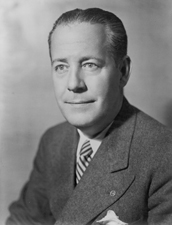
May 1
Senator Herbert R. O'Conor of Baltimore became chairman of the Special Committee to Investigate Organized Crime in Interstate Commerce after Senator Estes Kefauver had chaired the committee since May 3, 1950. The committee investigated organized crime in America, and many of the hearings were broadcast nationally on TV.
1953
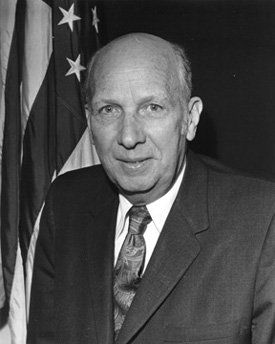
January 3
Maryland resident J. Mark Trice was elected secretary of the Senate, a position he held until January 5, 1955. Trice first arrived as a Senate page in 1916, and he was depended on for his institutional knowledge of the Senate.
1969
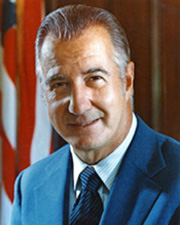
January 20
Former Maryland governor Spiro Agnew took the oath of office as the 39th vice president of the United States. Agnew and President Richard Nixon won reelection in 1972, but on October 10, 1973, Agnew was forced to resign after he was charged with having accepted bribes while he served as Baltimore County executive, governor of Maryland, and vice president of the United States.
1971
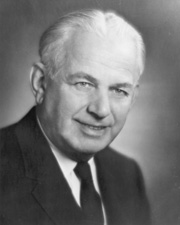
January 8
Retired senator J. Glenn Beall of Frostburg, who had initiated efforts to preserve the Chesapeake and Ohio Canal during his five consecutive terms in the House and two terms in the Senate, saw his hard work rewarded when President Richard M. Nixon signed into law a bill making the canal a historic park. Beall died the following week at the age of 76.
1972

July 1
Maryland resident William H. Wannall became the Senate sergeant at arms, a position he held until December 17, 1975.
1975

December 18
Maryland resident Frank "Nordy" Hoffmann was sworn in as the Senate sergeant at arms, a position he held until January 4, 1981.
1977
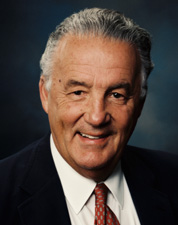
January 3
Paul Sarbanes of Baltimore began service in the Senate after serving in the House of Representatives from 1970 to 1977. He served for the next 30 years, until January 3, 2007, and is Maryland's longest-serving senator.
1981

January 5
Senator Charles McCurdy Mathias, Jr., of Frederick became chairman of the Senate Committee on Rules and Administration, a position he held until 1987.
1986

August 14
Senator Charles Mathias chaired the Impeachment Trial Committee in the case of Harry E. Claiborne, a federal judge who was impeached for tax evasion.
1987

January 3
Barbara Mikulski of Baltimore was seated in the Senate after serving in the House of Representatives from 1977 to 1987, becoming Maryland's first woman senator.
1994
December 3
Senator Barbara Mikulski was elected the Democratic Conference secretary, a position she held until 2005. She was the first woman to serve in the Senate Democratic leadership.
1995
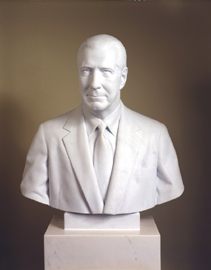
May 24
The bust of former vice president Spiro Agnew of Baltimore was unveiled and added to the Senate's Vice Presidential Bust Collection.
2001
January 3
Senator Paul Sarbanes of Baltimore became chairman of the Senate Committee on Banking, Housing, and Urban Affairs, a position he held until 2003.
2011
January 3
Senator Barbara Mikulski became the longest serving woman senator in Senate history as she began her fifth Senate term. She broke the record of 24 years held by Margaret Chase Smith of Maine.




